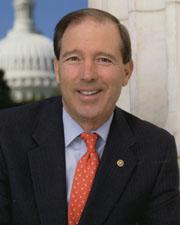0
Increasing the Safety of Prescription Drug Use Act of 2015
1/11/2023, 1:27 PM
Congressional Summary of S 636
Increasing the Safety of Prescription Drug Use Act of 2015
This bill amends the Public Health Service Act to revise, update, and expand state controlled substance monitoring programs, which ensure that prescription history information is accessible for investigations into drug diversion and errant prescribing and dispensing practices.
A state's controlled substance monitoring program database must be interoperable with other states' databases and electronic health records, and must provide up-to-date patient information to practitioners. Practitioners and dispensers are required to use the database.
Database information cannot be used to conduct a criminal investigation against a patient. Certain entities are allowed to make nonidentifiable information from a database available for research.
Federal health care workers must screen patients for abuse of controlled substances, conduct brief interventions, and provide referrals for known or suspected abuse of controlled substances.
Grants are established for: (1) a pilot project to develop a peer review process to evaluate prescribing and pharmacy dispensing patterns, (2) training health care providers to prevent controlled substance abuse, (3) evaluating the prospect of health professions boards reviewing the prescribing authorities of providers, and (4) developing criteria and processes that allow health professions boards or state agencies to certify education and training for informed and safe prescribing of certain controlled substances.
Practitioners who register or renew a registration with the Drug Enforcement Administration to dispense or conduct research with controlled substances must have completed specified continuing medical education. A registered practitioner must screen patients for drug abuse before prescribing certain controlled substances.
The Food and Drug Administration must consider whether naloxone (a drug used to rapidly reverse overdoses of heroin and other opiods) should be a behind-the-counter drug instead of a prescription drug.
This bill amends the Controlled Substances Act to increase the number of patients a practitioner is allowed to treat by dispensing narcotic drugs for maintenance or detoxification.
